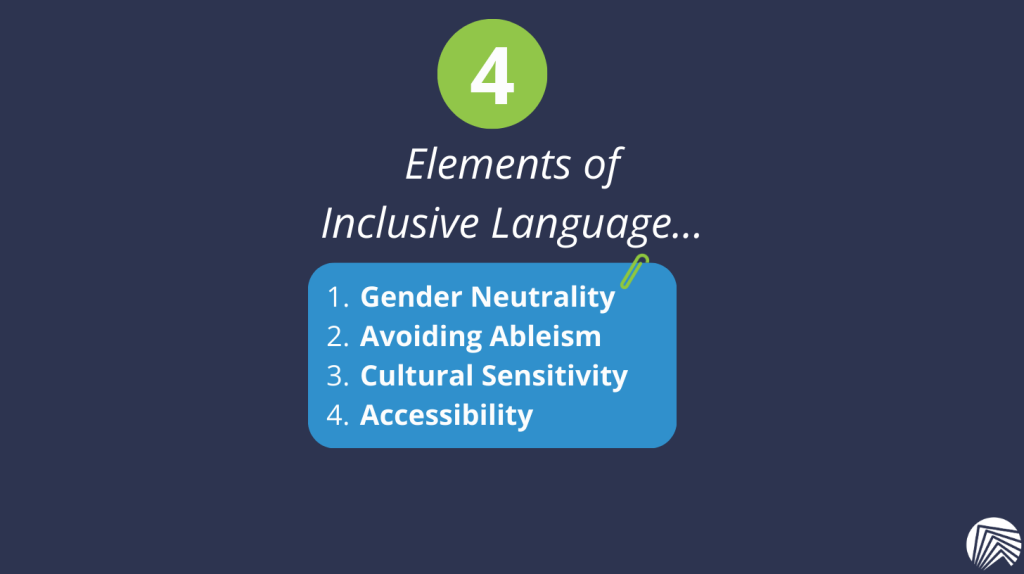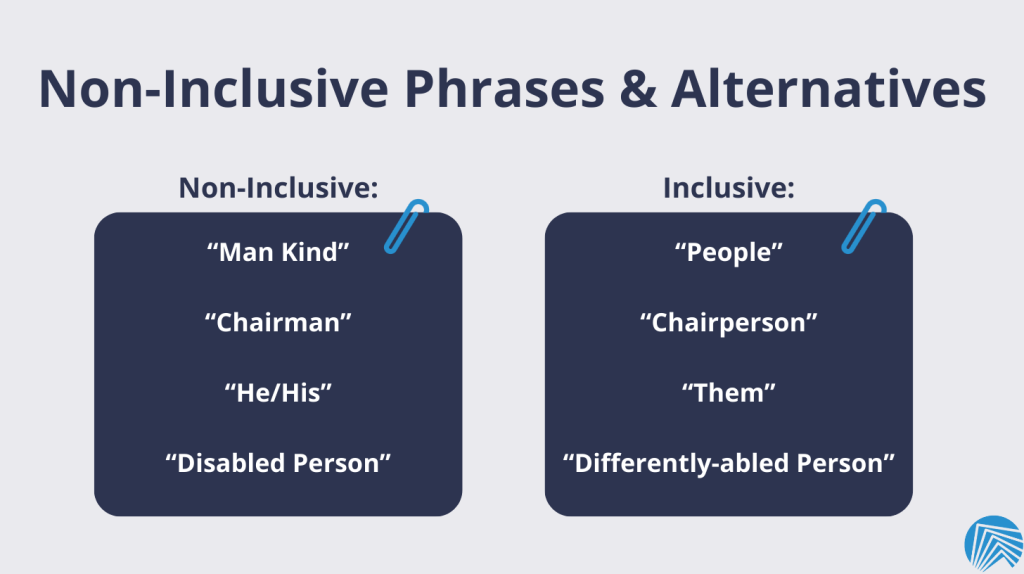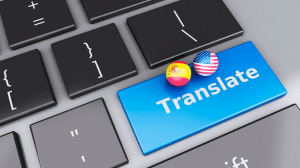In the dynamic realm of scientific communication, the incorporation of inclusive language is not just a commendable practice; it has become a prerequisite for submitting manuscripts to most journals. This article explores the significance of inclusive language in science manuscripts, outlines the criteria for inclusive language usage, identifies common non-inclusive phrases, and provides practical examples for making language more inclusive, aligning with the submission guidelines of leading journals.
Also read:

Why Inclusive Language Matters in Science Manuscripts
Inclusive language plays a pivotal role in promoting diversity, equity, and accessibility in the scientific community. It is not merely a linguistic preference but a mandate set by many reputable journals. Beyond fostering fairness, inclusive language enhances the accessibility of scientific knowledge, ensuring that research reaches a broader audience and encourages collaborative advancements.

What Constitutes Inclusive Language?
Inclusive language entails choosing words and expressions that sidestep assumptions, stereotypes, or exclusions based on gender, ethnicity, ability, or socioeconomic status. With many journals emphasizing the importance of inclusivity, researchers must adopt language that creates a welcoming and respectful environment for all readers. Key elements of inclusive language include:
- Gender neutrality: Employ gender-neutral terms like “Humanity” or “People” to eliminate gender bias.
- Avoiding ableism: Use language that respects diverse abilities, steering clear of terms that may marginalize individuals with disabilities.
- Cultural sensitivity: Choose language that is inclusive and free from stereotypes or assumptions about different ethnic groups.
- Accessibility: Ensure your language is accessible to a broad audience by using clear, concise terms and avoiding unnecessary jargon.

Commonly Used Non-Inclusive Phrases and Alternatives
- Non-inclusive: “Mankind”
Inclusive: “Humanity” or “People” - Non-inclusive: “Chairman”
Inclusive: “Chair” or “Chairperson” - Non-inclusive: “He” or “His” as generic pronouns
Inclusive: Use gender-neutral pronouns like “They” or rephrase sentences to eliminate the need for gender-specific pronouns. - Non-inclusive: “Disabled person”
Inclusive: “Person with a disability” or “Differently-abled person”
Conclusion
Incorporating inclusive language into science manuscripts is not only a scholarly practice but a necessity for publication in many journals. Researchers must be mindful of language choices to comply with submission guidelines and contribute to a culture of inclusivity. By embracing inclusive language, researchers make their work more accessible and inviting to a broader audience, adhering to the expectations set by leading journals. Let’s choose our words wisely, fostering equality, respect, and collaboration in the scientific community and meeting the requirements of esteemed journals in the process.
AI Disclaimer: This article was generated with the assistance of ChatGPT, an AI language model, to enhance its content. The AI-generated content was thoroughly reviewed, rewritten, and edited to ensure accuracy and coherence. The authors take full responsibility for this article.




